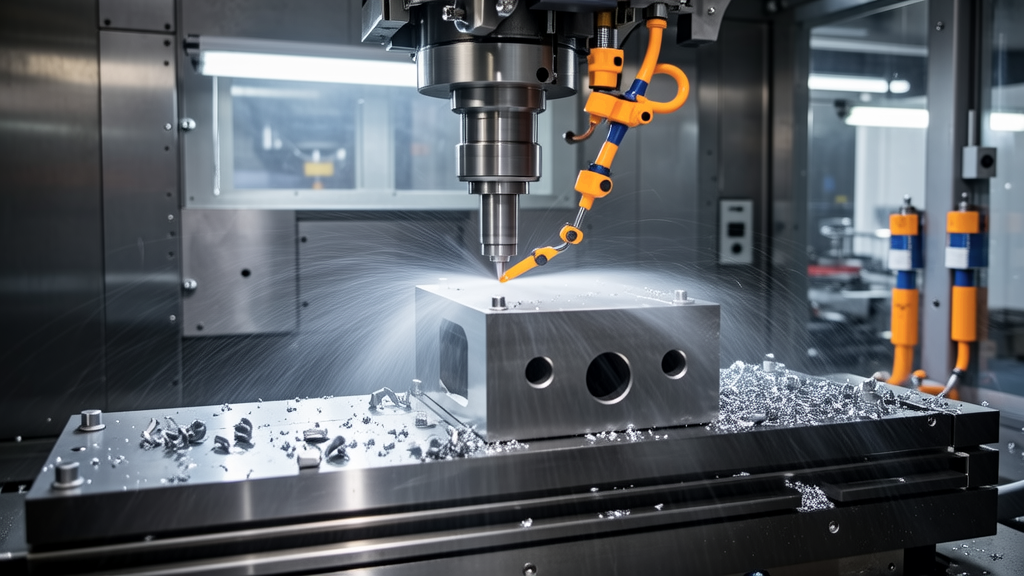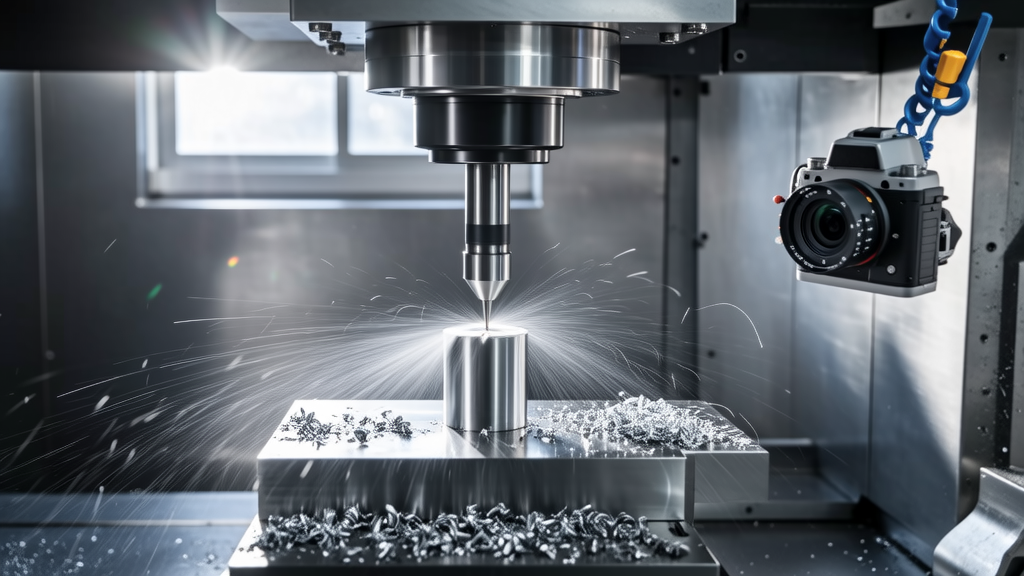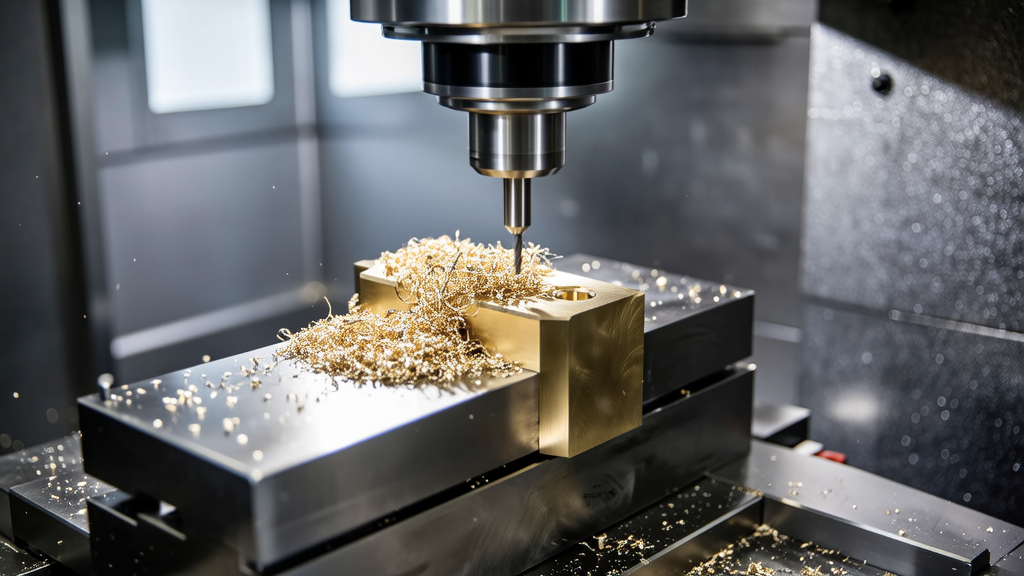One effective approach is to fine-tune machining parameters. By optimizing cutting speeds, feed rates, and tool paths, manufacturers can minimize the heat generated during the process. And don’t underestimate the importance of tool selection. High-quality cutting tools that dissipate heat efficiently can make a significant difference. I remember helping a friend troubleshoot an issue with his machining setup where he swapped to a higher-grade tool, and it reduced thermal distortion dramatically.
Cooling systems play a vital role as well. Manufacturers often employ advanced cooling techniques, like high-pressure coolant systems, to effectively manage temperature during machining. This keeps the material cooler and reduces the risk of thermal expansion. For instance, I’ve seen significant improvements when manufacturers switched to through-tool coolant systems, which deliver coolant directly at the cutting edge. It’s not just about reducing heat but also about improving chip removal and surface finish.
Material selection should not be overlooked either. Certain grades of stainless steel are more resistant to thermal distortion than others. For example, using stabilized grades can provide better dimensional stability under heat. This choice can lead to fewer post-machining adjustments, which ultimately saves time and costs.
I recommend regularly monitoring the process to catch fluctuations early. Predictive maintenance tools and data analytics are helpful here. They help in identifying trends and adjusting the machining process to mitigate risks effectively. Ensuring your equipment is up to date will also go a long way in maintaining accuracy and consistency.
When it comes to cost analysis, while the initial investment in advanced tools and cooling systems may seem high, the long-term gains in efficiency and reduced scrap rates can outweigh these costs. The key is to look at the overall production lifecycle and consider how many resources are saved.

In summary, stainless steel CNC manufacturers can combat thermal distortion through a combination of optimized machining parameters, effective cooling strategies, smart material choices, and ongoing monitoring. If you’re dealing with thermal distortion in your production, try implementing some of these strategies and see how they can enhance your machining processes. What challenges have you faced with thermal distortion? Let’s keep the conversation going!
What are machining parameters, and why do they matter?
Machining parameters refer to factors like cutting speeds, feed rates, and tool paths that impact the machining process. By optimizing these elements, manufacturers can reduce the heat generated, which helps to minimize thermal distortion. Think of it like tuning a car where each adjustment leads to better performance.
For example, adjusting the feed rate can help control the amount of heat produced during cutting. A carefully calibrated setup can lead to more accurate pieces and less waste, ultimately improving operational efficiency.
How does tool selection affect thermal distortion in CNC machining?
Tool selection is crucial because high-quality cutting tools can dissipate heat much more effectively, reducing thermal distortion risks. Using the right tool can also enhance cutting performance and prolong tool life. I’ve seen firsthand how switching to superior tools can improve the final product significantly.

For instance, when a friend revamped his machining process with a finer tool grade, he noticed a dramatic drop in the thermal distortion of his stainless steel parts. It’s about choosing tools that can handle the specific demands of the materials being machined.
What role do cooling systems play in managing thermal distortion?
Cooling systems, especially advanced high-pressure systems, help regulate the temperature during machining. Keeping the material cooler means there’s less risk of thermal expansion, which reduces distortion significantly. When the temperature remains stable, the entire machining process improves.
Implementing through-tool coolant systems is especially effective because it targets the heat directly at the cutting edge. I’ve observed that manufacturers who invest in these systems often experience better surface finishes and lower defect rates.
How can material selection impact thermal stability?
Certain grades of stainless steel are inherently more resistant to thermal distortion than others. For example, using stabilized grades can help maintain dimensional accuracy even when machining generates heat. Choosing the right material can lead to fewer post-machining adjustments and more consistent quality in the final products.
If you’re working with stainless steel, it’s worth researching the properties of different grades. This choice can save both time and money by reducing rework and scrap rates.
What are some cost considerations when addressing thermal distortion?
While investing in advanced tools and cooling systems may seem expensive upfront, the long-term benefits often outweigh the costs. Efficient operations typically result in less waste and higher quality products, which can lead to significant savings over time.
It’s essential to look at the entire production lifecycle and consider improvements not just in immediate costs but also in operational efficiency. Many manufacturers notice reductions in scrap rates and machining times, ultimately enhancing profitability.








